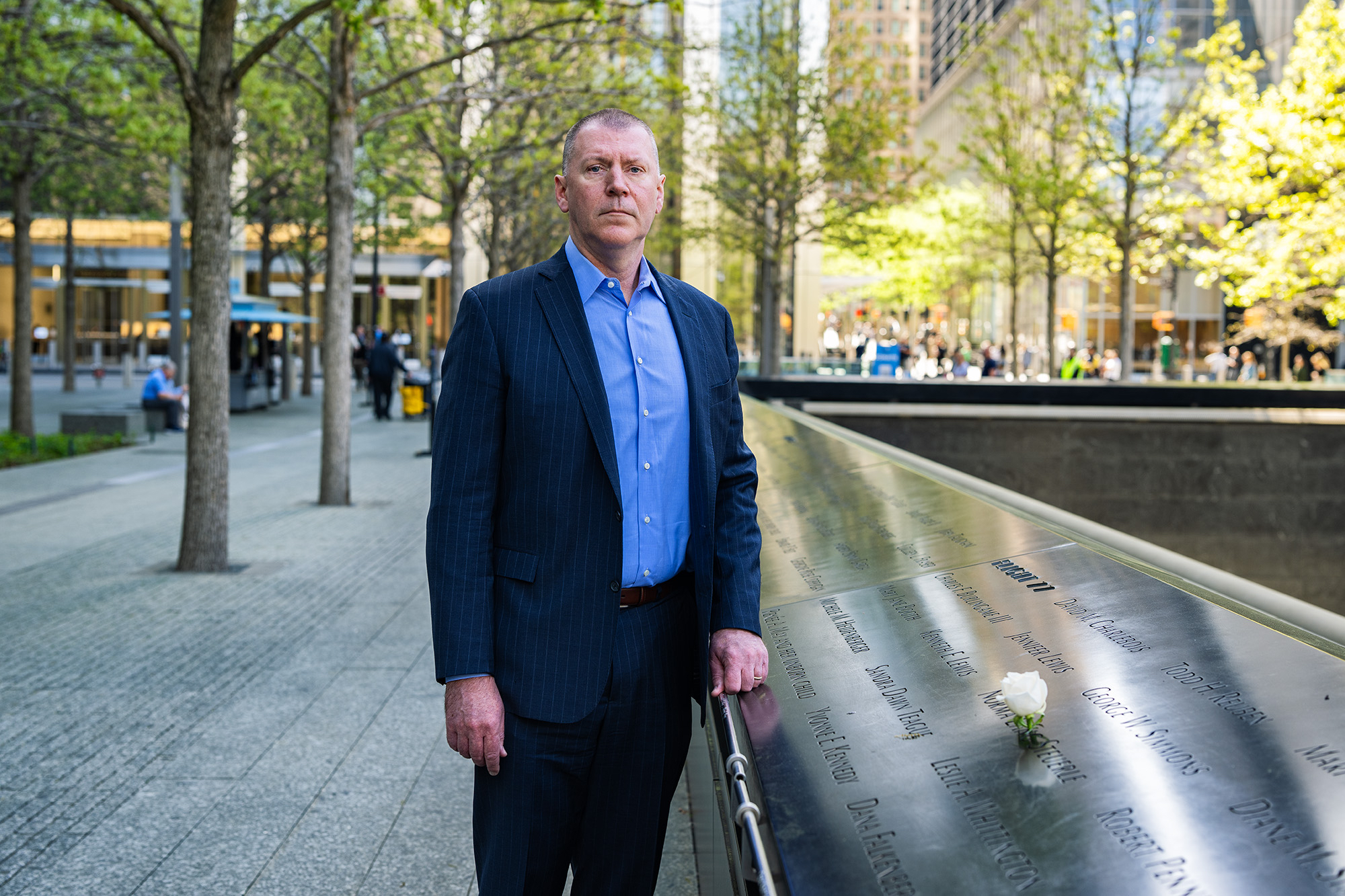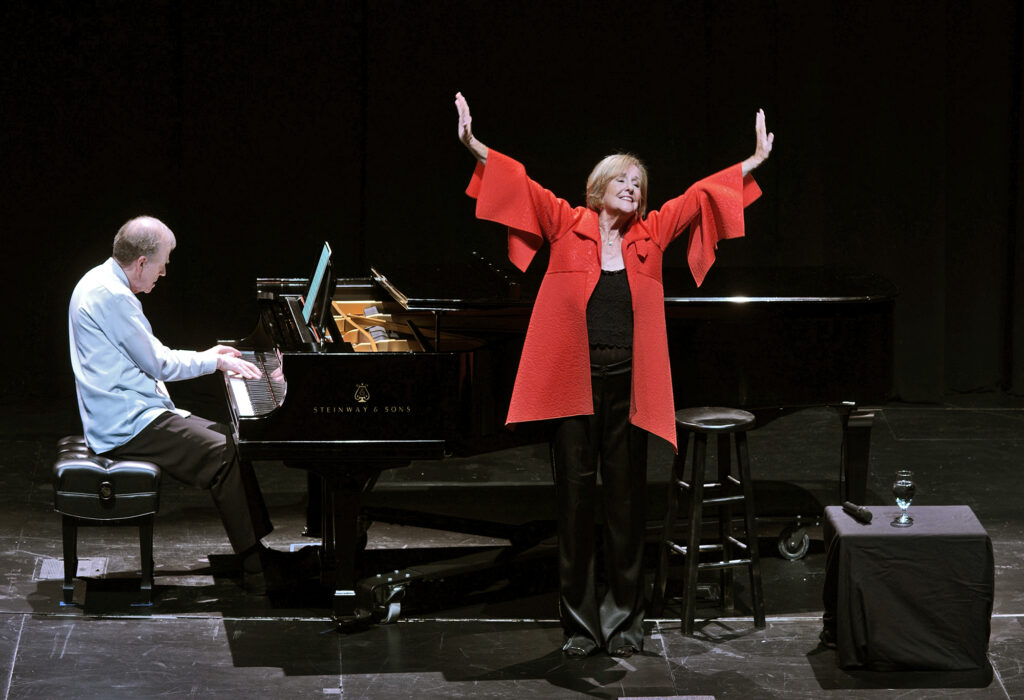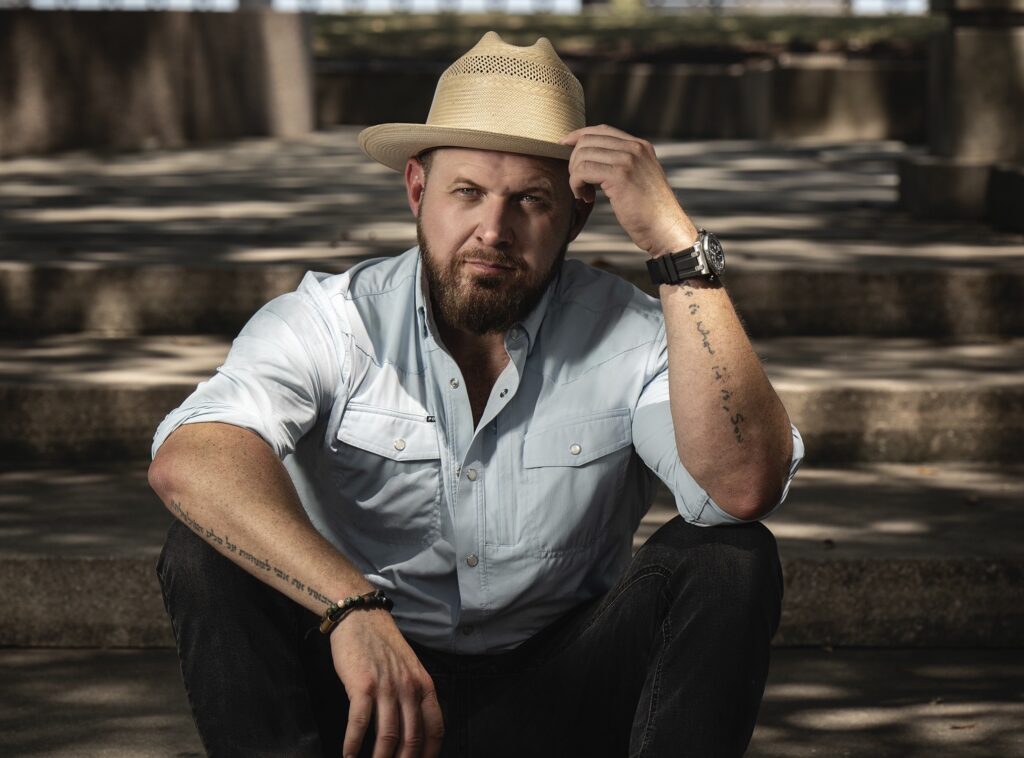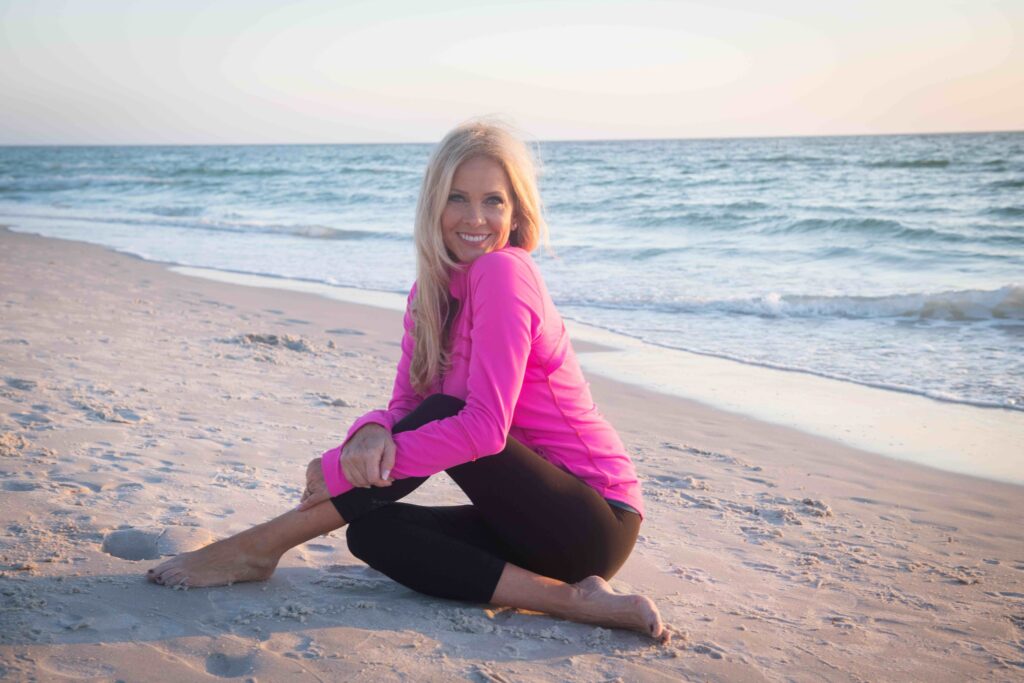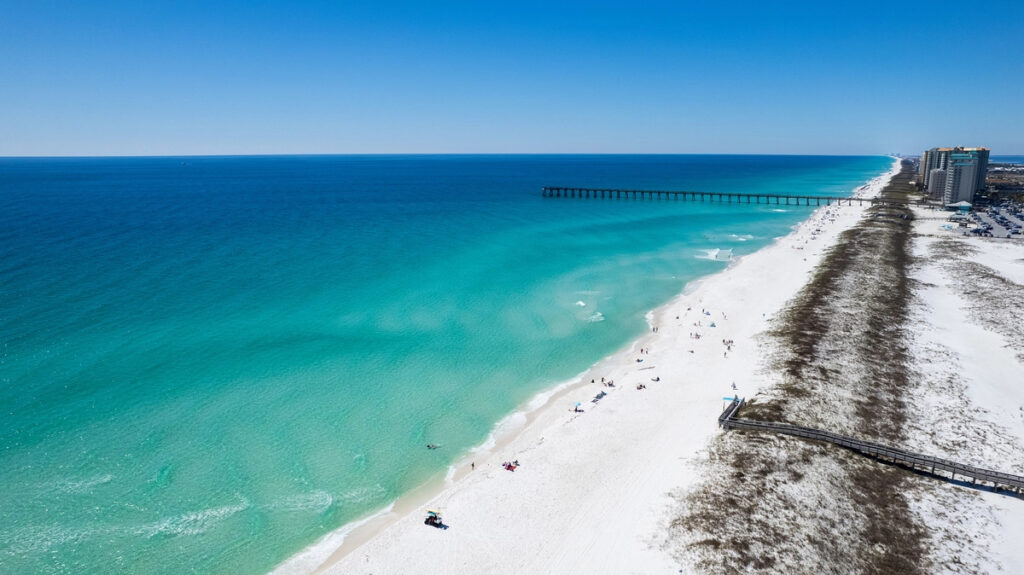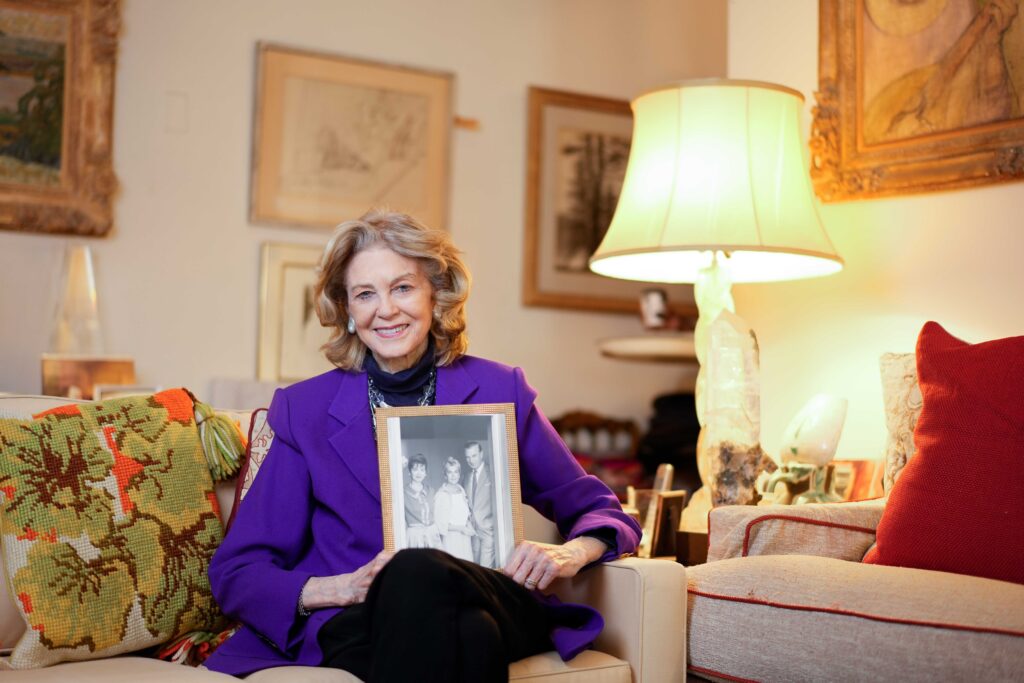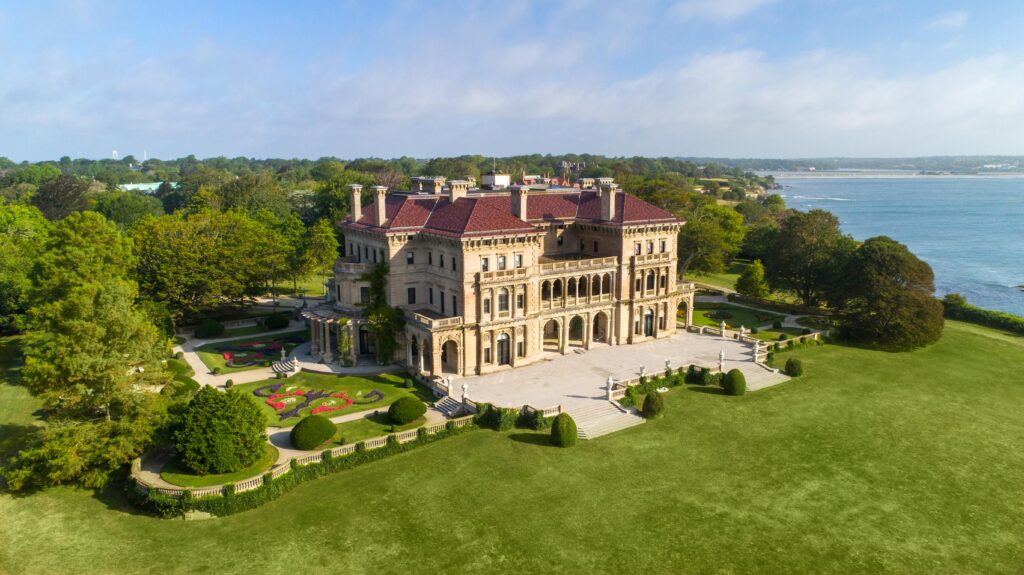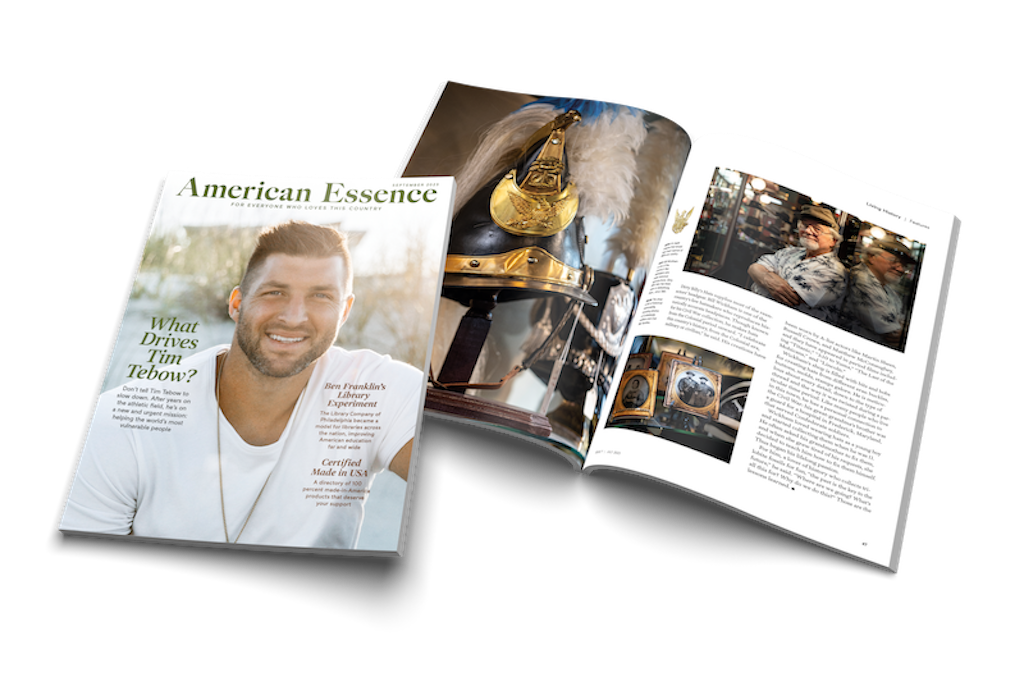Something that looked like confetti was falling outside the window of Chris Meek’s office building at 111 Broadway in downtown Manhattan.
“I didn’t know we were having a ticker tape today,” one of Meek’s companions commented.
But the fluttering, gray strands and specks weren’t confetti: They were embers from the impact of a passenger plane hitting the World Trade Center’s North Tower. The bang from a few minutes before wasn’t just a garbage truck hitting a pothole in the street below, as Meek had assumed. It was a blast that marked the beginning of the deadliest attack on U.S. soil since Pearl Harbor. And Meek was about to live through it, right at Ground Zero.
Meek and the others in the meeting now knew that something wasn’t right. When the second plane struck the second tower, they felt the tremors run through the building and heard the thunder of the explosion. They turned on the news to try to grasp what was happening and saw the famous footage that is now forever fixed in American history and the American mind.
After seeing the nightmarish images of the impact he had felt in his own body, Meek dialed his team at the New York Board of Trade, located at 4 World Trade Center, and told them to evacuate immediately. He was relieved to learn they already had.
Meek managed floor trading operations for Hull Trading on the New York Stock Exchange. His position made him responsible for 27 people, located in four different exchanges—people whose lives might now be in danger. His next task was to locate a group of 14 colleagues working at the American Stock Exchange, in a separate building. Meek had to get them out, and quickly.
He tried the elevators—no luck. Fortunately, Meek and three others found a fire escape and descended 19 floors to the open street below. Outside, Meek caught his first glimpse of the fiery wounds in the Twin Towers that poured forth smoke. He watched, stunned, as a woman leapt to her death from one of the towers. Firefighters rushed past him toward the inferno. Meek hurried on to the American Stock Exchange.
The Face of Philanthropy
Meek got all of his team safely out that day. But there were some things he couldn’t salvage from the chaos, fire, and debris at Ground Zero on Sept. 11, 2001. Life would never be the same. He couldn’t salvage the peace he’d once known. Restlessness overtook his life after that unthinkable experience.
In his book “Next Steps Forward: Beyond Remembering. The Power of Action,” Meek wrote: “Going back to that evening, and in the first few days that followed, I felt the beginning of an urge to move forward for others. I didn’t know what those steps would look like, or how I would take them, but I knew that my calling in life was about to shift.”
When Meek finally sat down at home at the end of the day, he stared down at his soot-covered shoes, and a thought struck him. “The dust and ash that covered them wasn’t just rubble from buildings. Within that dust and ash were the remains of men, women, and children who had been murdered indiscriminately,” he wrote.
“When I woke up on September 12, 2001, my shoes were right where I left them, still covered in the history I’d walked through the day before. … Days and days, weeks and weeks, finally more than 20 years later, I have not cleaned those shoes. I never will. I look at them every day and remember the people who died on 9/11, as well as those who have given their lives in defense of our country since. I do it to remind myself that the steps I take are for them.”
Meek’s ashen shoes carried him toward a life of innovation and philanthropic giving for the sake of others—especially those who sacrificed their own safety for the rest of us. Out of the fires and smoke of 9/11, Meek emerged as a man with a determination to give back, to snatch meaning and purpose from the tragedy’s burning embers.
In the years since 9/11, Meek has been so determined and successful at giving back, he’s earned the designation “Face of Philanthropy” from The Chronicle of Philanthropy. But Meek was never after this kind of recognition. He finds it almost amusing. “I think of the Rockefellers as philanthropists, not Chris Meek,” he told American Essence. “I had no intention of doing [philanthropic work.] It’s just sort of gone that path and grown over the years.”
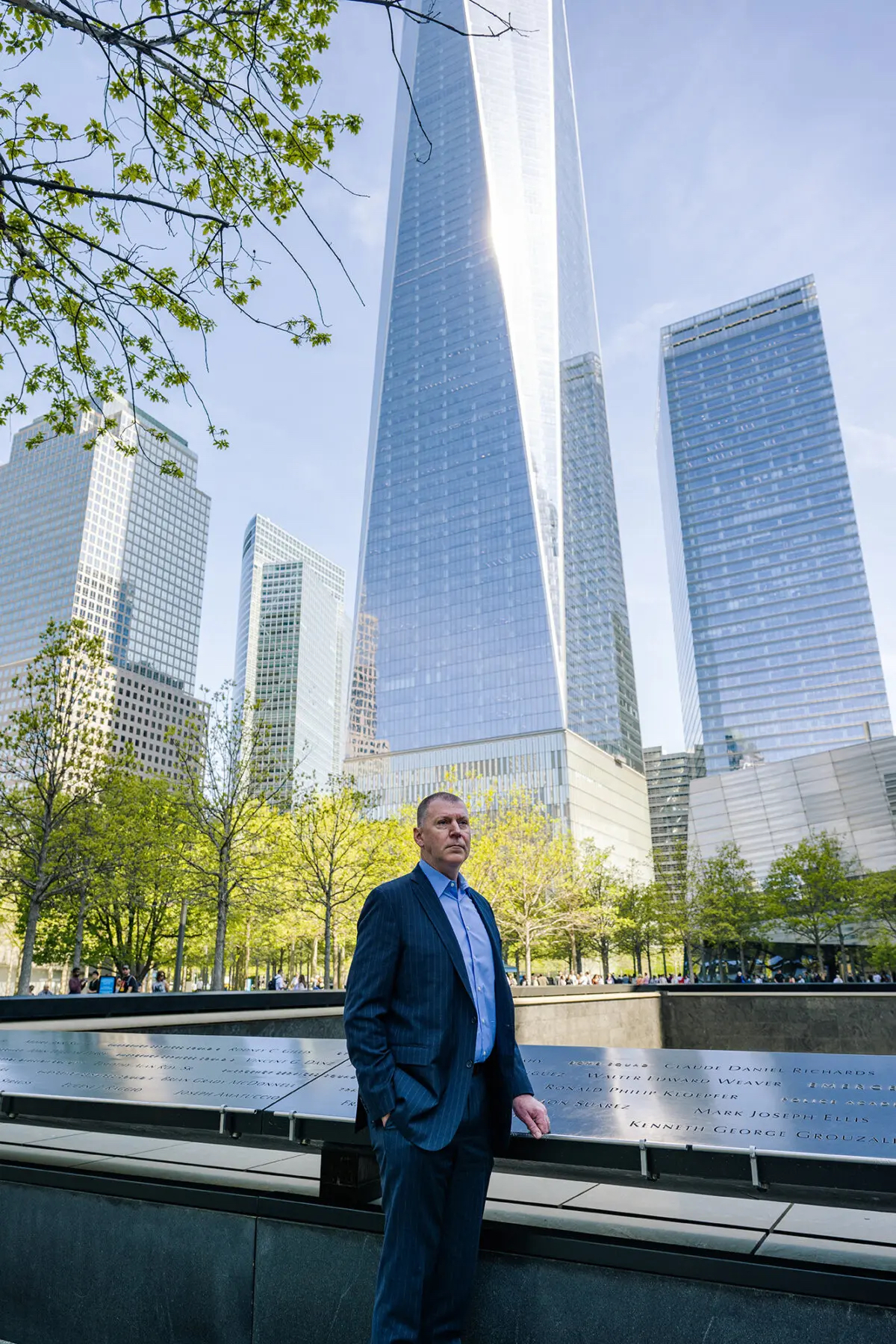
Starting Small
Like most good things, Meek’s journey to a life of philanthropy started small. Arguably, it started when he returned to Ground Zero in the days following 9/11 to rebuild his firm’s infrastructure. Each day, he passed security checkpoints run by the National Guard. Without thinking much of it, Meek brought them water and Gatorade each day as they stood in the noxious air. This small gesture foreshadowed what was to come; it was a portent of the shift in Meek’s life.
Meek started paying first responders’ bar tabs. “As long as I’m here, they’re not paying,” he told the bartender. Then, during the economic downturn of 2008, he launched a nonprofit called START Now! to teach people how to manage mortgages and keep their homes.
Following 9/11, something Meek’s mother told him years before came back to him, echoing with renewed intensity:
“I might not be able to change the world today, but I can change the world around me,” he said. This became a guiding principle of Meek’s charitable work. Start small. Start local. Start simple. Trust that great good can come from it. Meek described his process: “Think globally, act locally. So you look at the big picture, and then you take it down to your ecosystem, and then solve it from there.”
Like the firefighters on 9/11 or the soldiers who deployed in its aftermath, Meek wasn’t afraid to think creatively and do things others wouldn’t or couldn’t—he was ready to solve problems head-on. Like the military and emergency personnel he wanted to serve, Meek headed toward problems. His independent thinking and can-do attitude soon found expression in a campaign to directly help U.S. troops fighting in Afghanistan.
It started small—with socks. For all their next-generation technology and equipment, some troops deployed overseas were missing basic items such as socks and baby wipes. When Meek heard about this, he began collecting donations of everyday essentials to ship to the troops. Meek and other volunteers gathered supplies and stored them in Meek’s garage until they could be transported to the battlefront via Marine Aviation Logistics Squadron 49. This initiative grew rapidly, becoming Meek’s next nonprofit: SoldierSocks. By 2014, SoldierSocks had delivered 75,000 pounds of supplies to 73 different units deployed to Afghanistan and Iraq.
From the Ground Up
Soon, however, it became clear that as much as U.S. servicemembers needed support overseas, they were going to need even more support stateside as they dealt with the lifelong wounds—some tangible, some not—inflicted by war. In 2013, Meek met Sgt. Dan Rose, a veteran who was paralyzed from the chest down due to injuries from an IED. Hearing Rose’s story convinced Meek that SoldierSocks needed to adjust its mission.
Over the next few years, SoldierSocks transformed into SoldierStrong, a cutting-edge veteran nonprofit that brings revolutionary technologies to veterans around the country to heal the hurts of battle.
SoldierStrong’s first goal was ambitious: to get injured veterans walking again. Meek hunted down a tech company that he thought might have the solution: Ekso Bionics, a firm that builds robotic exoskeleton suits that allow paralyzed people to rise up and walk again.
In “Next Steps Forward,” Meek wrote: “When I finally toured Ekso Bionics, I couldn’t help but think about the James Bond franchise—legs and robots were moving around everywhere, and the whole place reminded me of where 007 secures the latest and greatest in spy tech. Before I left the building, I committed to funding ten Ekso Suits.”
Meek began donating these suits—now dubbed “SoldierSuits”—to individual veterans and veterans’ medical facilities. To date, Meek’s organization has gifted 30 suits to locations around the United States, giving some 35,000 paralyzed or injured veterans access to potentially life-changing treatment.
The transformation of SoldierSocks into SoldierStrong transformed veterans’ lives. Men and women who thought they’d spend the rest of their lives chained to a wheelchair found themselves regaining a degree of independence and looking loved ones in the eyes again. One veteran walked his daughter down the aisle at her wedding because of the SoldierSuit.
The achievements of the SoldierSuit fell just short of miraculous. But an even bigger monster than paralysis was haunting the veteran community: suicide.
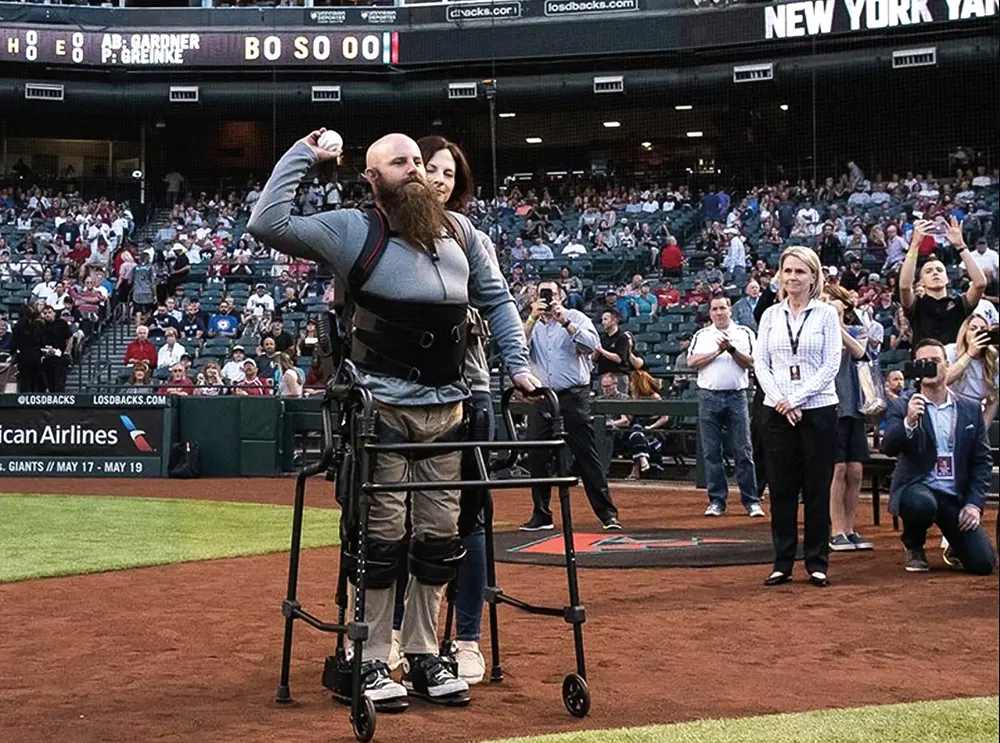
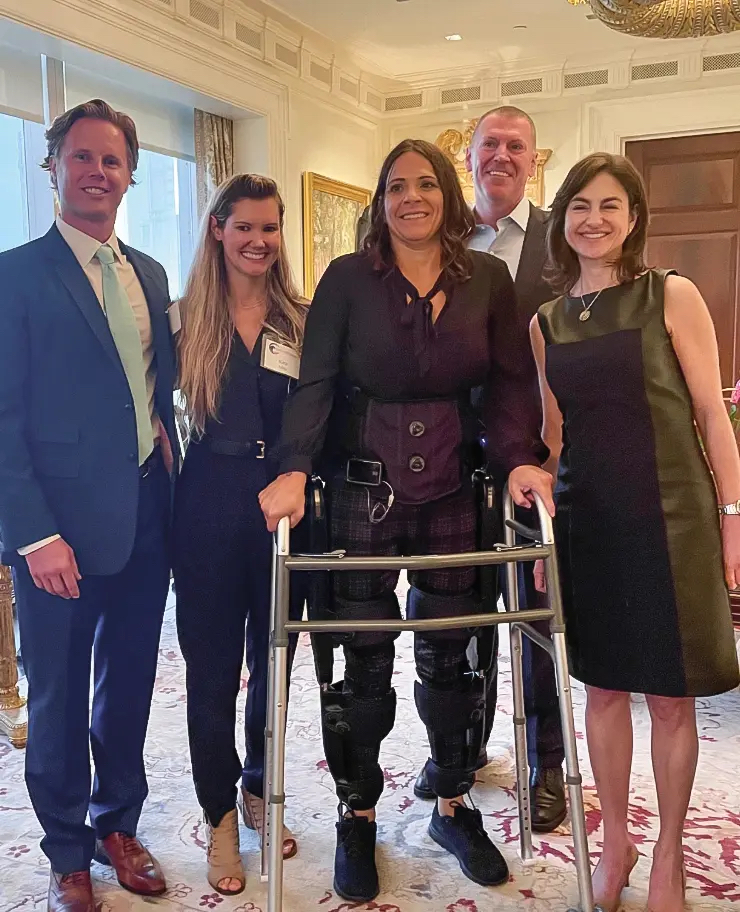
Enter the Doctor
“Skip, you gotta see this.”
“What is it?”
“It’s called a Game Boy.”
Dr. Albert “Skip” Rizzo peered over the shoulder of his patient, a 22-year-old male car accident victim who had suffered a frontal lobe injury. He watched in amazement for 20 minutes as the patient sat, pasted to a Game Boy and playing Tetris. It was the early 1990s, and this minor incident launched Rizzo’s exploration of the frontiers of mental health treatment and its intersection with technology, specifically gaming.
Rizzo was struck by his patient’s ability to play Tetris because, as he told American Essence: “He was like a Tetris warlord … a kid that I never would have even thought could have that visual spatial planning ability that goes into Tetris. And here he was glued to it.”
Unafraid of an unconventional approach, Rizzo began experimenting with using another video game, SimCity, in a clinical setting. It was the “ultimate multitasking executive function type activity,” he said. Compared to pencil and paper exercises, the game was a much more enjoyable way for patients to improve these types of brain functions, which are often impaired by accidents or head trauma.
Then, one day, Rizzo heard a report about virtual reality (VR) on the radio, and he thought it was perfect for cognitive rehabilitation. “You can build worlds, build simulations that test or train people in everyday function, but also gamify it. You can make it so that there’s a motivational factor, and you give people feedback on a performance,” he said.
Within a few years, Rizzo was sequestered in a lab at the University of Southern California working to create a VR program that could improve cognitive ability. In the early days of the project, he walked from the Alzheimer’s center where he worked to the computer science department and just started asking questions.
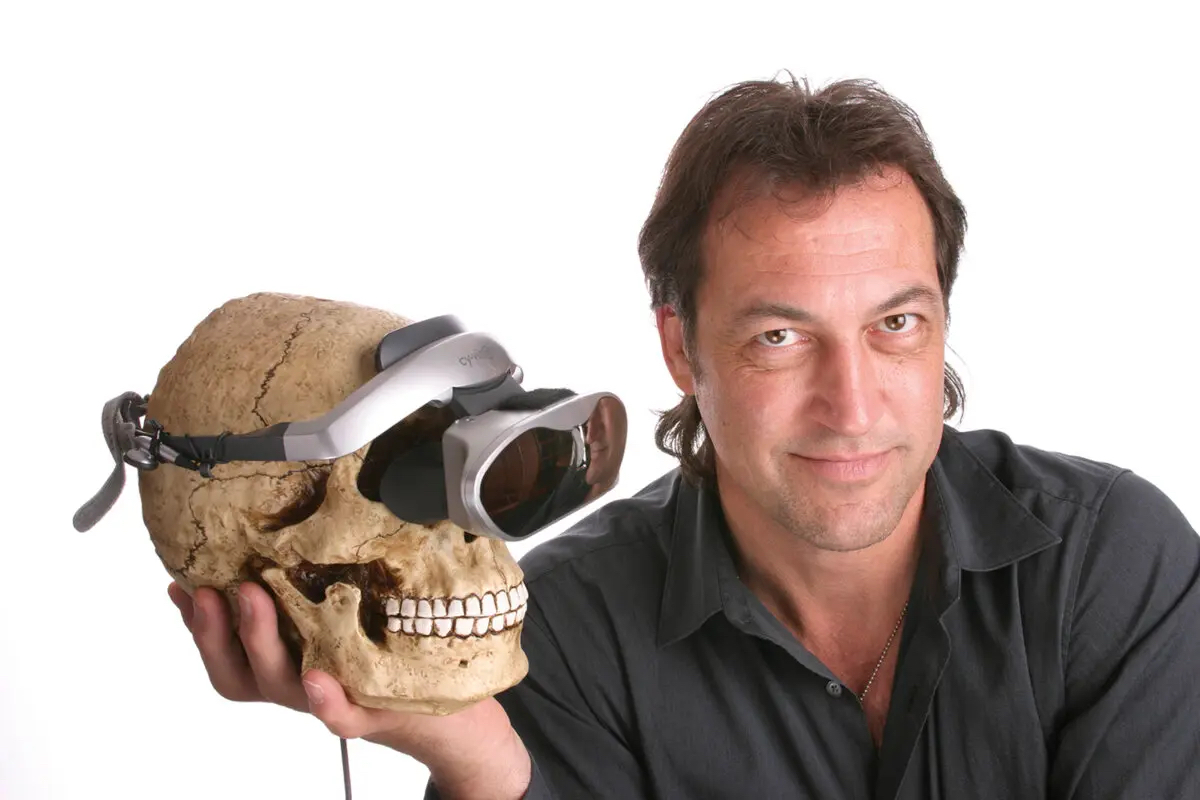
“I would go over there and bug people, cold call, knock on doors, and say, ‘Hey, I’ve got these ideas for using VR clinically for brain injury rehab,’” he said. “Finally, one guy said, ‘I love it. I’ve got equipment, and I can get you a graduate student to program what you want to do.’ And from that point on, it was off to the races.”
Early studies with the VR program were promising. They showed that it could improve visual-spatial interaction and other cognitive abilities. But the real paradigm-shifting application was treating post-traumatic stress disorder (PTSD) through VR exposure therapy. Exposure therapy is a technique in behavior therapy wherein a patient relives a traumatic experience repeatedly, under a clinician’s guidance, in order to reprocess it in a healthy way and become desensitized to it.

In 2003, as the wars in Iraq and Afghanistan seethed on, Rizzo began to suspect that the trauma the soldiers underwent was similar to the toll Vietnam veterans experienced. Rizzo theorized that VR could assist in exposure therapy by providing patients with a realistic sensory experience similar to the traumatic episode they needed to process.
The Institute for Creative Technologies at USC showed interest in Rizzo’s idea to use VR for PTSD therapy, and he began building a system there called Full Spectrum Warrior. Different iterations followed, eventually leading to Department of Defense funding for the project. Even so, the funding fell a bit short, and as of 2019, Full Spectrum Warrior wasn’t available to the veteran community at large.
That’s where Meek came in.
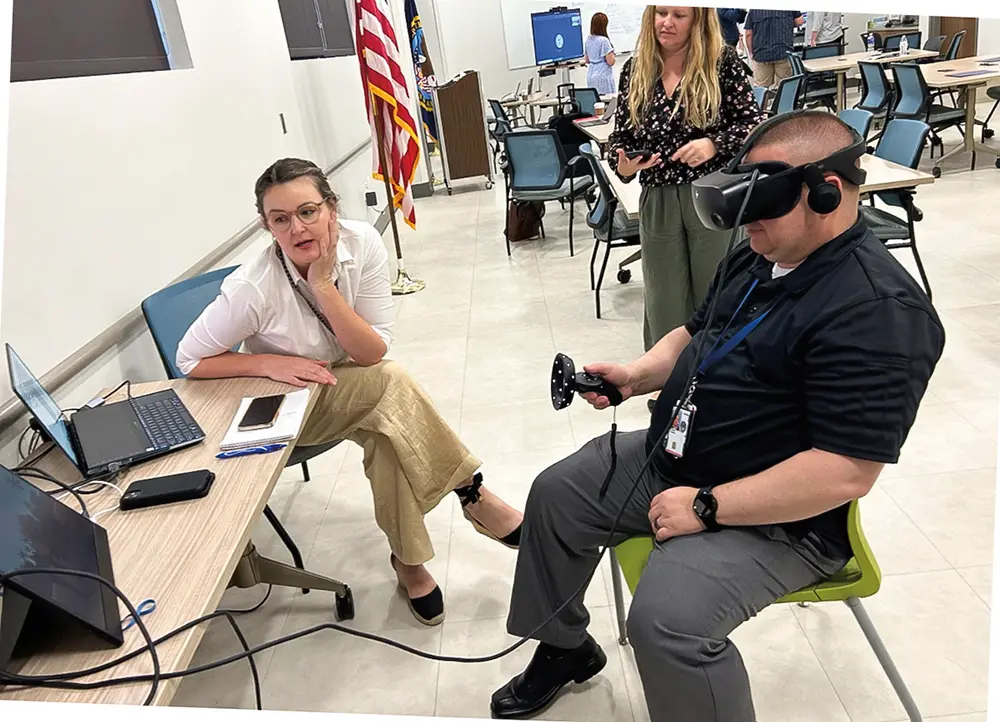
‘Hard Medicine for a Hard Problem’
Knowing that, at the time, about 22 veterans were committing suicide every day, largely due to PTSD, Meek was determined to find a way to help heal the psychological wounds of war, just as he had labored to heal the physical wounds through SoldierSuits. Meek stumbled across the work of Rizzo, and in 2019, they met in person at Rizzo’s USC facility. A partnership blossomed, and SoldierStrong provided Rizzo with the final funding he needed to make the VR system fully operational. From there, SoldierStrong worked as the intermediary to get the VR system, now called BraveMind, into the hands of the Department of Veterans Affairs—and most importantly, into the hands of the veterans who needed it most.
Meek saw up close what BraveMind did for veterans through the testimony of Marine Chris Merkle. After serving for 14 years in the Marine Corps, including in active combat, Merkle struggled with PTSD. He wrestled with severe anger issues and grew distant from family and friends. It became harder to concentrate, harder to see things through. Merkle’s family could tell he wasn’t able to move on from the war, and they finally convinced him to seek therapy.
Merkle tried traditional talk therapy, off and on, for several months, but with little improvement. Finally, his therapist suggested that he join a trial of Rizzo’s VR exposure therapy program, and Merkle agreed. In a conversation with American Essence, Merkle quoted Rizzo: “VR therapy is hard medicine for hard problems.”
“Prolonged exposure takes an experience [from your past] from front to back and it exposes it to you,” Merkle said. “The virtual reality adds another layer. … You could pick Iraq or Afghanistan with the battlefields. You could pick walking, in a vehicle. … Even within the vehicle, where you sit in a vehicle, there’s all kinds of [variations].”
During Merkle’s first use of VR, he relived his first major battle in Iraq. “So my mind is seeing Iraq. I’m speaking about Iraq. I’m sitting on a chair that rumbles. I have a blue gun, which is the shape of a rifle, but it’s blue for safety, so physically tactile, I have a weapon. And the whole time I’m talking, I’m pointing, I’m aiming. OK, now we’re crossing Euphrates. OK, now we’re getting hit by small arms fire,” he said.
The experience was so visceral that Merkle actually experienced in his body much of the stress of an actual combat situation. The profundity of reliving that moment broke open floodgates within him that had long been sealed shut. As Merkle put it, “I literally felt like something black was coming out of me.” Afterward, he talked with the clinician about war experiences that he’d never talked to anybody about before.

Rizzo explained the science behind BraveMind: “The approach is to gradually get the person to confront and reprocess these difficult emotional memories at a pace they can handle. … In scientific terms, they call it extinction learning. You’re trying to extinguish an over-learned or over-activated fear structure in the brain.”
Patients usually go through about 10 sessions of VR exposure therapy, reliving the event repeatedly until it no longer affects them as strongly. That was the case for Merkle. His VR treatments, coupled with talk therapy and a related treatment called EMDR (eye movement desensitization and reprocessing), allowed Merkle to heal from his PTSD. He went on to successfully earn a doctorate in clinical psychology, and today he works as a therapist for veterans like himself, especially those with suicidal ideation.
Considering that, according to a 2021 study, our military service members and veterans are four times as likely to die by suicide as in battle, the work of Meek, Merkle, and Rizzo to combat PTSD is crucial—quite literally life-saving. Many veterans find VR therapy more appealing than traditional talk therapy.
As Meek stated: “They don’t want to go lay on the couch and talk to their shrink. They’re going to go to the bar and get drunk and just forget about it. But because this post-9/11 generation is really a gaming generation, this technology being VR helps to reduce that stigma, and so you’re seeing an increased usage of that by about, I think, 35 to 40 percent.”
The partnership between Rizzo and Meek is a bit like if Tony Stark and Thomas Wayne teamed up, linking technological innovation with a vast charitable apparatus. It has greatly increased SoldierStrong’s positive influence on the veteran community. SoldierStrong has been a driving force in updating and upgrading Veterans Affairs to meet the needs of 21st-century veterans, with their distinctive set of challenges, using novel solutions that weren’t available just 20 years ago.
We Remember
Meek’s experiences on 9/11 set him on a path that has affected thousands of lives for the better. He keeps his dirty shoes to remind him of that day and the sacrifices that American heroes made on that day and ever since. He doesn’t want others to forget those sacrifices, either.
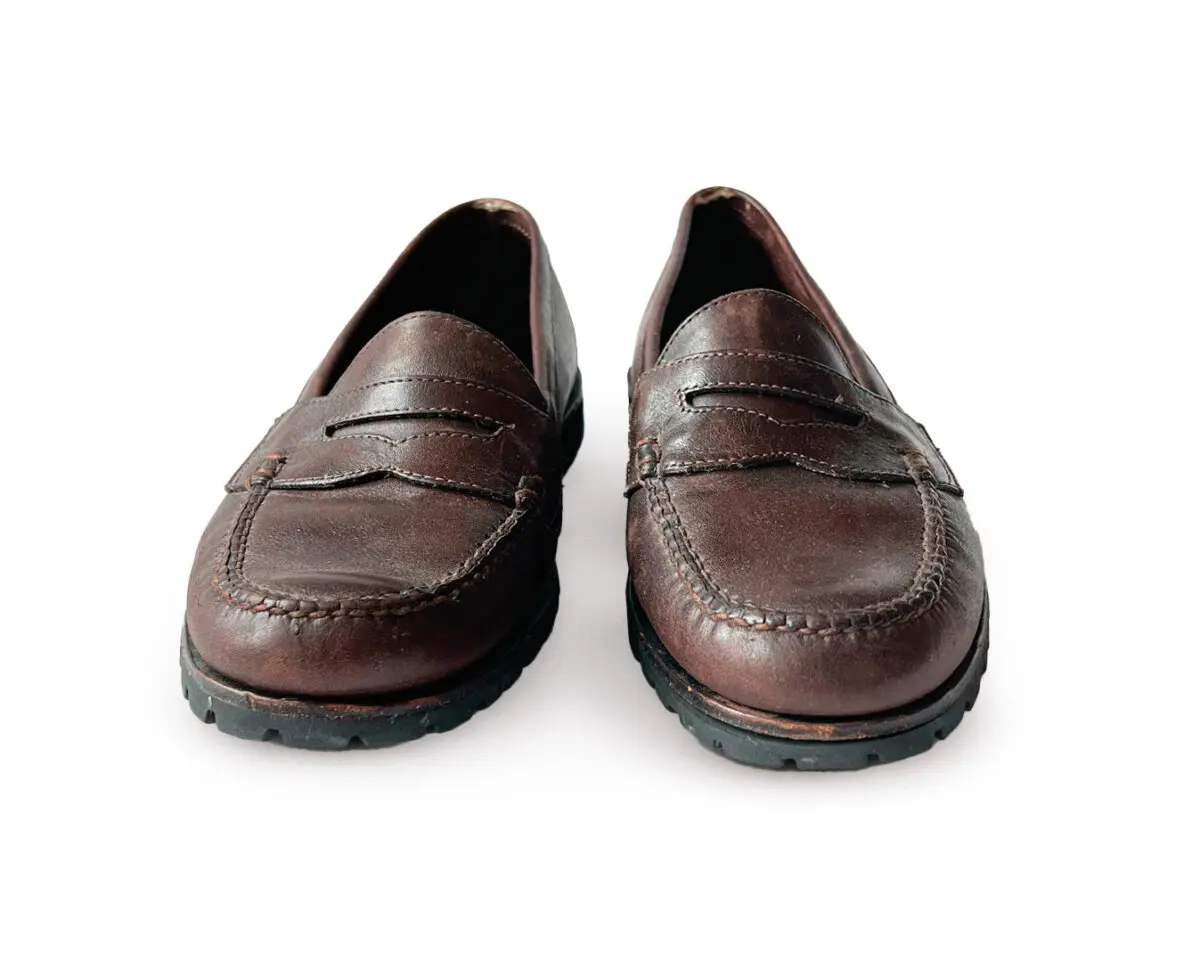
Never one to rest on his laurels, Meek is currently preparing for the 25th annual observance of the attacks by putting together a documentary and establishing the 9/11 Legacy Foundation, an organization committed to preserving the memory of all the heroism associated with that day. Launched in March, its mission is to commemorate those who were lost and educate people on the event’s significance and its lasting influence on our nation. Its slogan is “We Remember,” and its organizing committee includes major figures who were involved with the response to the attacks, such as Andrew Card, the chief of staff to President George W. Bush; Joe Allbaugh, former FEMA director; and former Secretary of Defense Leon Panetta, who was the head of the CIA when Osama Bin Laden was taken down.
Meek hopes that through initiatives such as the 9/11 Legacy Foundation and his other projects, he can help dissolve some of the divides in American society. “I’m trying to do my part to keep the glue together and to put the positive light on American society, not the divisiveness,” he said.
Meek’s work grew from small beginnings. “None of this has ever been planned. It’s been a potential bad idea over a cocktail or a beer, and then it came into a ‘Yeah, you know what? Why not?’” he said.
But that’s what Americans do—see crises as opportunities, and respond with spontaneity, creative thinking, and grit. Sept. 11 was a tragedy that changed Meek’s life, but that change, in turn, changed the lives of countless others. Even tragedy can be transformed into triumph.
In one of his books, “Everyday Triumph,” which explores the stories of individuals who have achieved extraordinary feats, Meek commented on this theme: “How many times have we heard that Americans love a second act? Do we remember the runner who falls down, gets up, and finishes second? No. Instead, we cheer for the fallen competitor who gets up and passes all the other runners to win the race.”
In some sense, that’s not a bad description of what Meek did after 9/11. He’s turned a traumatic experience into the fuel that runs the mechanisms of charity and compassion toward others.
“I don’t know what the true definition of a hero is,” Meek told American Essence. “It’s somebody who just goes above and beyond. They do something that’s not in your everyday playbook, and that could be something as simple as bringing a lunch to a kid at school who doesn’t have food.” Or, one might add, handing a cold Gatorade to a National Guardsman standing sentinel at the site of a national tragedy, as Meek did.
From July Issue, Volume V

